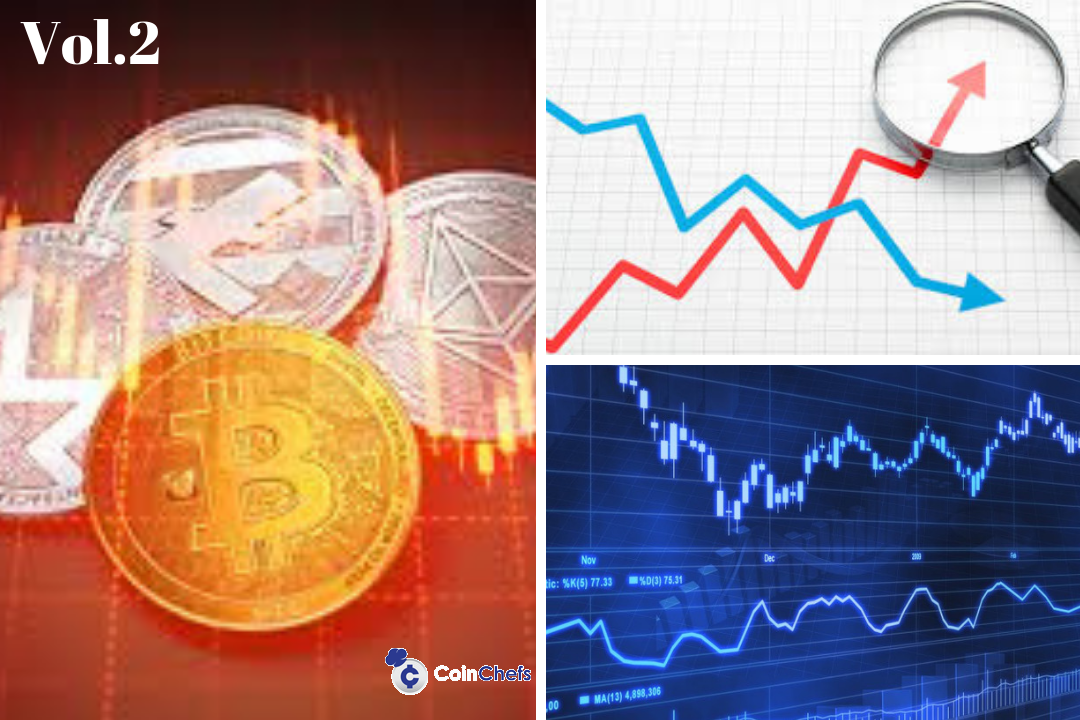Why Are Technical Analysis Indicators Useful for Traders? Vol.2
There are different forms of technical analysis with various techniques – some use chart patterns, others employ indicators, and most of them use a combination of tools. Nonetheless, technical analysts use exclusively historical price and volume data in their observations. The central concept they believe in is that price movements are the product of supply and demand. The existing market data can be described with patterns which tend to repeat themselves. Thus the tools they use are either following the current and past data and confirming trends and patterns or trying to predict future models based on historical data analysis. Here the list of the most widely used technical analysis indicators which can be used for trading purposes goes on. (Check the previous post for Vol 1.)

MACD or Moving Average Convergence Divergence
MACD is an Oscillator which aims to reveal changes in the strength, direction, momentum, and duration of a trend in a security’s price and buy and sell signals. Naturally, it is the difference between two exponential moving averages (fast or short period and slow or long period). It is plotted along a signal line or also centerline. At the centerline the two moving averages are equal. As the MACD goes above and below the 0, it shows the fluctuations of the moving averages, and this is how “buy and sell signals” are generated. The MACD depends on three time points which are constant and usually measured in days. The most commonly used values are 26, 12, 9.
On-balance volume
OBV is a momentum indicator that measures selling and buying pressure. It uses collective volume to forecast price movements. Based on a cumulative total volume, it depends on the starting point of the calculation. What is characteristic of this indicator is that it adds volume to the total on days when the price went up and subtracts volume on days went the price went down.
Relative Strength Index
RSI is a momentum indicator (oscillator) which measures the speed and magnitude of recent price movements. It analyzes the strength or weakness of a market by comparing the up days versus the down days and overbought or oversold conditions. RSI oscillates in a range of 0 to 100. The most common timeframe used to compare periods with RSI is 14 days. A number over 70 is considered overbought or bullish, and a number below 30 is deemed to be oversold (generating unreasonable supply) or bearish. This indicator was developed by J Welles Wilder who specified that if a security’s price moves up quickly, it will reach an overbought point when it generates unreasonable demand and similarly when a price goes down hastily, it would reach an oversold point when it creates unreasonable supply. In both cases, a trend reversal would be imminent. Thus, the RSI indicator is used to help predict probable trend reversals.
Stochastic Oscillator
The stochastic oscillator is a momentum indicator which measures the momentum of price. It analyzes the closing price (current point) of an asset in relation to the range (highest and lowest point) of its prices over a specified period of time. It varies from 0 to 100 to measure the extent of change between prices from one closing period to predict the continuation of the current direction trend. It also determines to buy and sell signals and oversold and overbought conditions.
To sum up…
In volatile markets, there is a more significant chance for false or delayed signals, so it is always a good idea to combine different indicators to have a broader and more precise picture over the asset performance and market conditions. This way you will be able to verify the different results. Different indicators have various applications and sensitivity also distinct advantages and disadvantages, and when you use several tools together, they complement each other and bring you better results. With this post, we do not intend to create a technical analysis manual, but rather indicate the flexibility of most of its tools, the roles they can play in a trading system and the need of combining several tools for result confirmation.